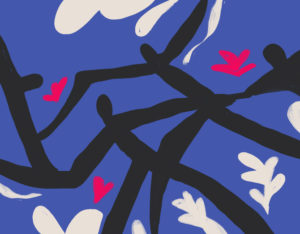 1900 was the year when Rudolf Laban’s family finally allowed him to study art in Munich. It was a terrific year to enter the European art world for the following reasons:
1900 was the year when Rudolf Laban’s family finally allowed him to study art in Munich. It was a terrific year to enter the European art world for the following reasons:
- The great European art academies were still functioning, preserving the knowledge and skills of three-dimensional lifelike representation in painting and sculpture.
- The late 19th and early 20th century was a period of innovative movements: Symbolism, Art Nouveau, Fauvism, Futurism, Expressionism, Cubism, Dada….
- The art world was international. Within Europe, artists from different countries traveled and exhibited widely. Moreover, there was a strong interest in non-European art from Africa, Asia, and the Middle East.
- The dividing line between the fine arts and applied arts was being blurred. Art was becoming more democratic.
Laban was right in the middle of all this – studying at the art academies in Munich and Paris, while witnessing innovative theories and practices of Art Nouveau, Expressionism, and Dada.
This immersion in the visual art world had a big impact when Laban turned his eyes to dance. Find out more in the next blog.
